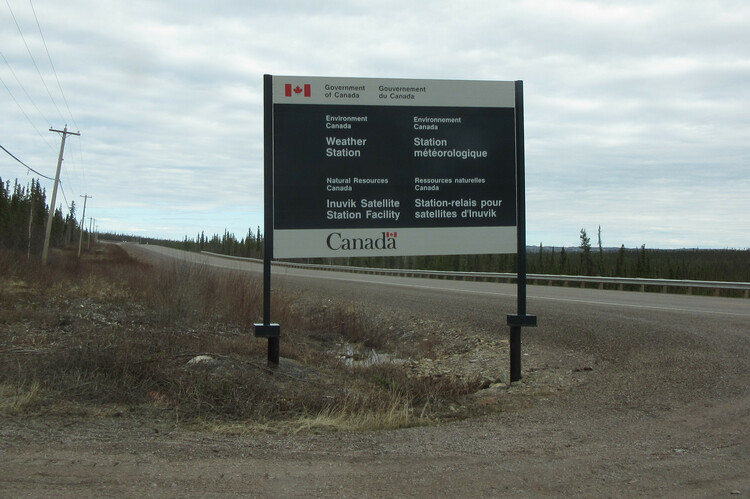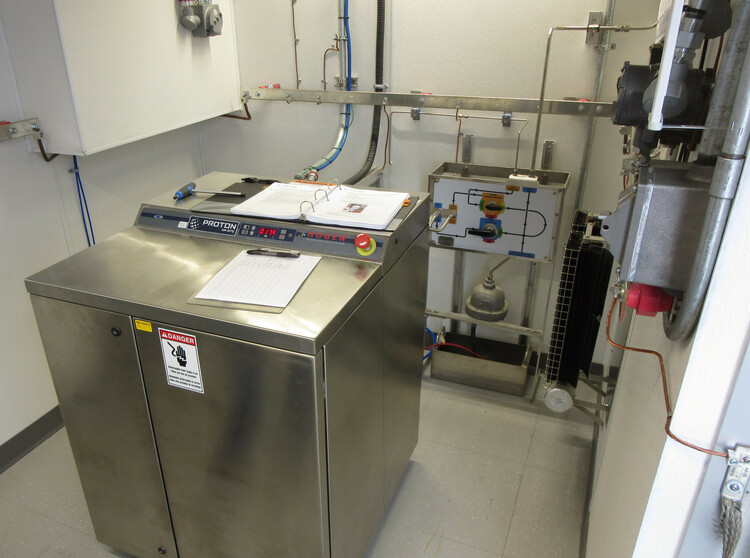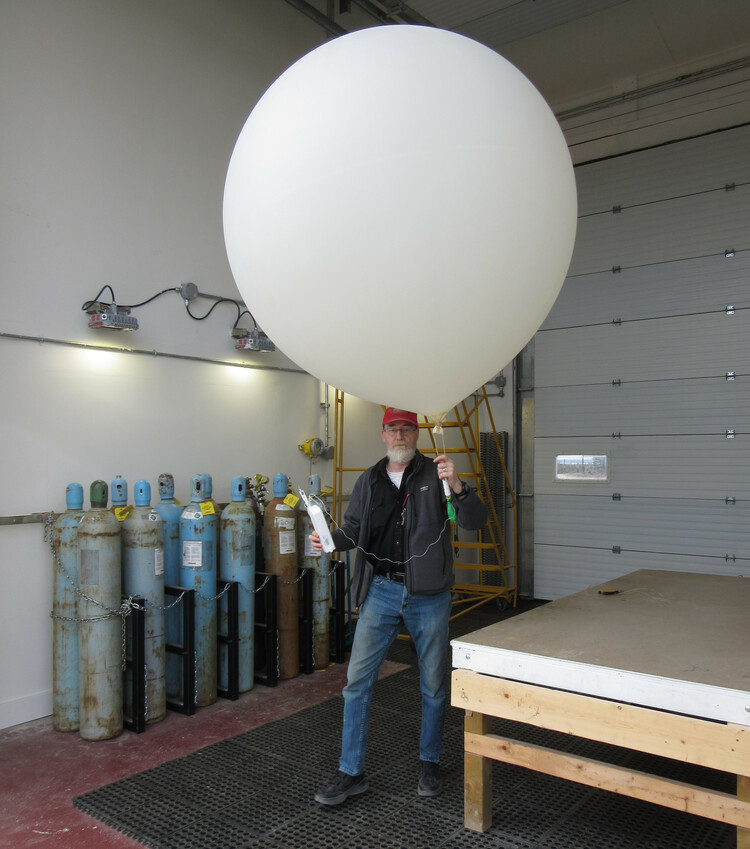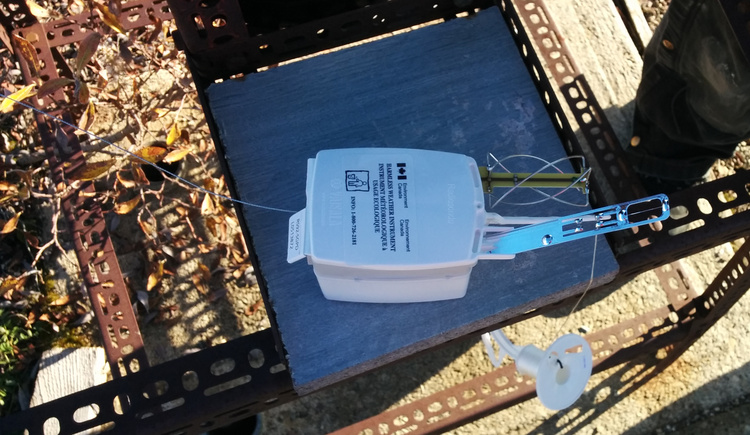Now that the pandemic has tapered off a bit, I took another short trip up to Inuvik, NWT. While I was up there, I visited the Environment Canada Weather Station, and participated in a radiosonde launch.
The big news out of Inuvik during this trip was that the road from the airport to the town has been paved! The road is much smoother, and I don't need to worry about windshield cracks every time a big truck passes.
Since my 2016 visit, the site has been upgraded with modern equipment. The old Electrolyser Corporation hydrogen generator was replaced with a Proton Hogen unit, all housed in a modern building with explosion-proof light switches, electrical outlets, etc.
I arrived just before the Midnight UTC launch, and Chris already had the balloon inflated and was working on the radiosonde transmitter. As I saw in Newfoundland, Canada has transitioned to the Graw DFM-09 radiosonde.
To my surprise, he actually let me release this radiosonde. This was my first radiosonde release, and it's very similar to a bursting HAB release. One interesting aspect of ...
Read More →


